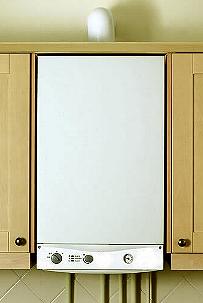Our Voltimum Experts answer your questions on a daily basis in our Technical Expertise area. This one, about a combi-boiler and whether it requires supplementary bonding of all pipes connected to it, is answered by SELECT:

Answer: BS 7671 does not require supplementary bonding conductors at combi-boilers or pipes connected to it generally. Requirements for supplementary bonding as 'additional protection' are given in some of the special installations or locations contained in PART 7, e.g installations or locations containing a bath or shower.
It may also be used as part of the fault protection system - again as additional protection, as Chapter 41 Regulation 411.3.2.6 BS 7671 does contain requirements for main protective bonding conductors, and also has a list (Regulation 411.3.1.2) that includes central heating systems. It does not mention where this connection should be made, but it is often made at pipework adjacent to the CH boiler. A main protective bond may, therefore, be required.
Note: if a main protective bond is provided to the incoming water supply pipe and the internal pipework to the CH boiler is continuous metal, the pipe can be used as part of the main equipotential system, and - effectively - the central heating system is connected as long as the CH heating boiler provides continuity through the connection plate on the boiler.
To see many more Q & A in Voltimum UK's Experts Area, please click on the link:
www.voltimum.co.uk/consult.php?universe=consult.index.questions